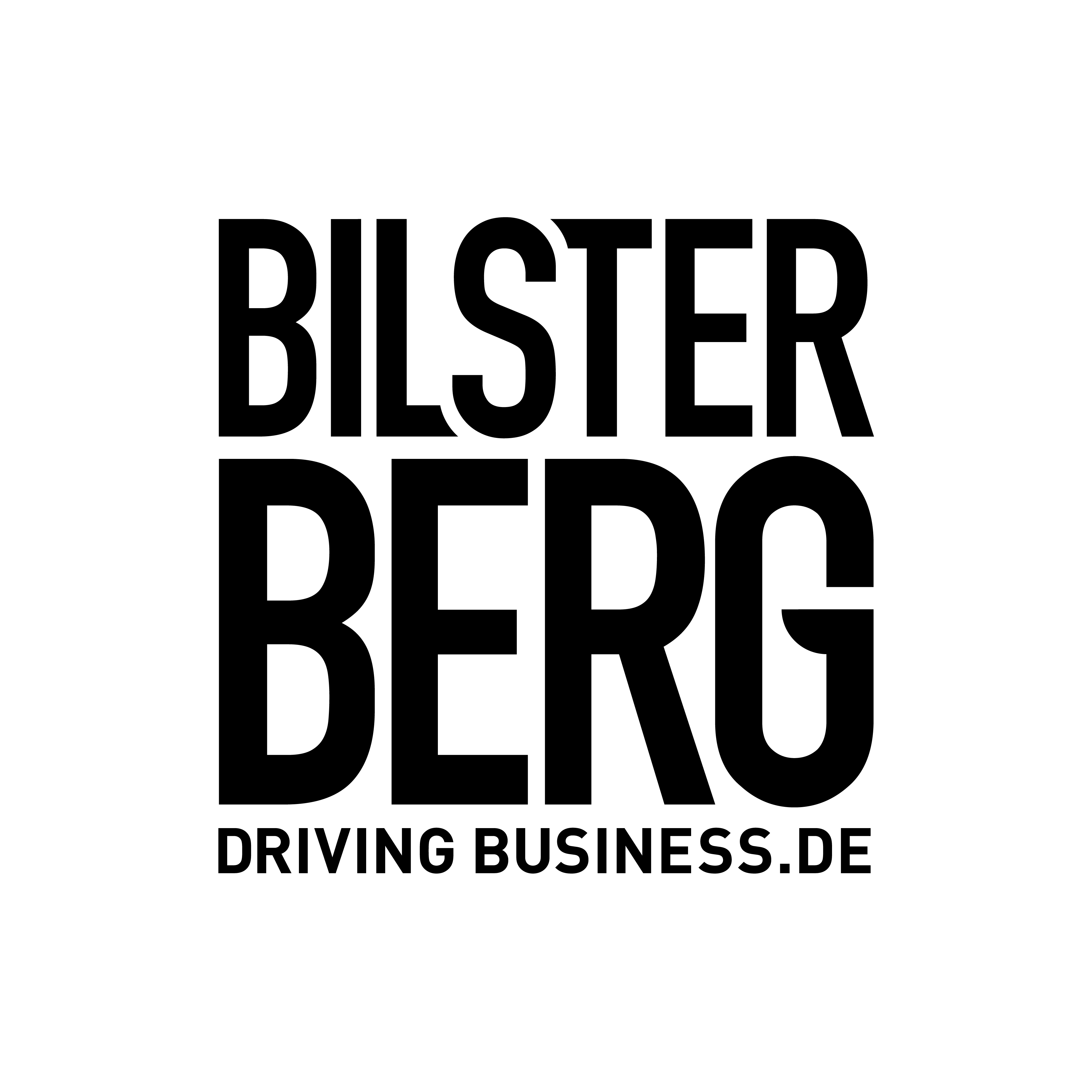
Ferdi Kräling Motorsport-Bild GmbH – A family of photographers with a history
The name “Kräling” is not unknown in motorsport. Behind it is a family of photographers whose history goes back to the end of the Second World War. At that time, Wilhelm Kräling, father of Ferdi Kräling and grandfather of Bodo Kräling, had built up a photography business with a shop in Winterberg.
But how does a small photo shop from Winterberg end up taking photos at major motorsport events? At the beginning of the 1960s, Ferdi Kräling went to the Nürburgring with friends and was immediately thrilled. He was keen to get involved and organised a press pass for his second race so that he could get closer to the action. He wanted to know which crazy guys drove cars so fast and met Karl von Wendt, a baron from the neighbouring community of Gevelinghausen. He was a racing driver, team owner and co-organiser of the Sauerland Mountain Prize. Karl von Wendt had big plans, he wanted to build a new race track, the Sauerlandring.
From the photo business to motorsport photography
Bodo Kräling recalls: “My father quickly developed a passion for motorsport photography. He became the Baron’s house photographer and gradually the hobby became a profession. And just as quickly, he had also made a name for himself that stood for the quality of his work.” His aim was not only to take motorsport photos, but also to produce calendars and books. In 1985, Ferdi Kräling Motorsport GmbH was founded, where Bodo was also able to gain his experience in motorsport photography. At that time, more than 40 weekends were already planned with Formula 1, touring car, sports car and rally events.
“As a little boy, I was at the race track from time to time; we often spent our holidays in Zandvoort at Formula 1. That’s how I got infected with the “motorsport virus” quite early.” Working in the family business and following in his father’s footsteps was a logical step for Bodo Kräling. “The bar was very high – the customers shouldn’t care whether my father or I took the job.”
Due to Michael Schumacher’s successes, the general interest in motorsport in Germany grew and the industry expanded its activities. Manufacturers such as Audi, BMW, Opel, Porsche and Volkswagen used the images of the Krälings for press activities.
In the early 90s, they decided to do slide development in their own laboratory. Today, Bodo Kräling describes this step as one of the best decisions in their professional careers. In the analogue age, there were only photo labs in the big cities that offered slide development overnight. By developing the slides in their own lab, they were now just as fast as the big labs and by machine labelling the slides, the two already had something like metadata on their slide frames.
“In 1999 I took over the management of the GmbH and 10 years later my father slowly withdrew from motorsport photography. The switch to digital photography helped him,” Bodo continues.
Emotional moments in motorsport
When asked about his most emotional moment in motorsport, Bodo Kräling says: “That’s difficult to answer, because there are so many emotional moments that have gripped or thrilled me. My first Sweden Rally was very impressive. The speed of the cars on the ice blew me away. Formula 1 in Monaco is special because you are closer to the cars and therefore you can “feel” the speed better than on normal race tracks. And of course Michael Schumacher’s first victory in 1992 was an extraordinary race for me, also because it was the first race without my father. Audi’s race at Le Mans 2011 was also a very emotional race for me. As a team photographer, you have access virtually everywhere and are very close to the team members. Audi had three cars on the grid, Peugeot four. You could feel the tension all week because it was clear that it was going to be a difficult race. Already on lap 13, Allan McNish had a serious accident, but remained uninjured. At night, Mike Rockenfeller had a serious accident. It took an eternity until the news came that Mike was uninjured. Then it was just one Audi against four Peugeots, but in the end André Lotterer in the Audi won by 13 seconds. The joy was indescribable!”
But motorsport does not only bring beautiful moments, Bodo has also experienced bad incidents: “The Formula 1 weekend in Imola in 1994 was really shocking. Rubens Barrichello crashed badly on Friday, but he got away without serious injuries. On Saturday, Roland Ratzenberger had a fatal accident and then on Sunday, Ayrton Senna too.”
Bodo Kräling himself already had to find out how dangerous the profession can be. On November 9, 2006, he crashed his helicopter at the Dubai Desert Challenge. He escaped with minor bruises. Others in the helicopter were less lucky, but all survived the crash.
© Ferdi Kräling Motorsport-Bild GmbH
The Krälings and their connection to the BILSTER BERG
The Krälings have been coming to the BILSTER BERG regularly since the track opened. Just recently, Bodo Kräling was back at the circuit to take some great track shots. “When we heard that this wonderful race track was being built in the Teutoburg Forest, not far from us at all, we got in touch and started talking about designing the space. We picked out many different motorsport photos from our archive, which are still hanging in the BILSTER BERG premises today. Of course, we are very pleased about that.”
And how does Bodo Kräling assess the future of motorsport? Motorsport is in a state of upheaval and it is difficult to predict what the sport will look like in the future. Topics such as CO2 emissions, climate change, electrification and climate neutrality are major challenges. “I wish that the manufacturers would accept these challenges and also implement the opportunities that arise from them in motorsport,” Bodo concludes.



